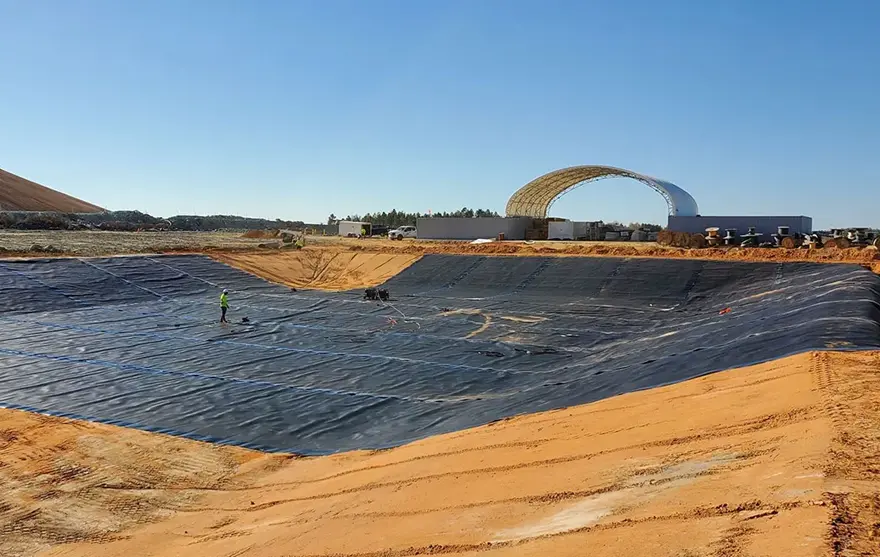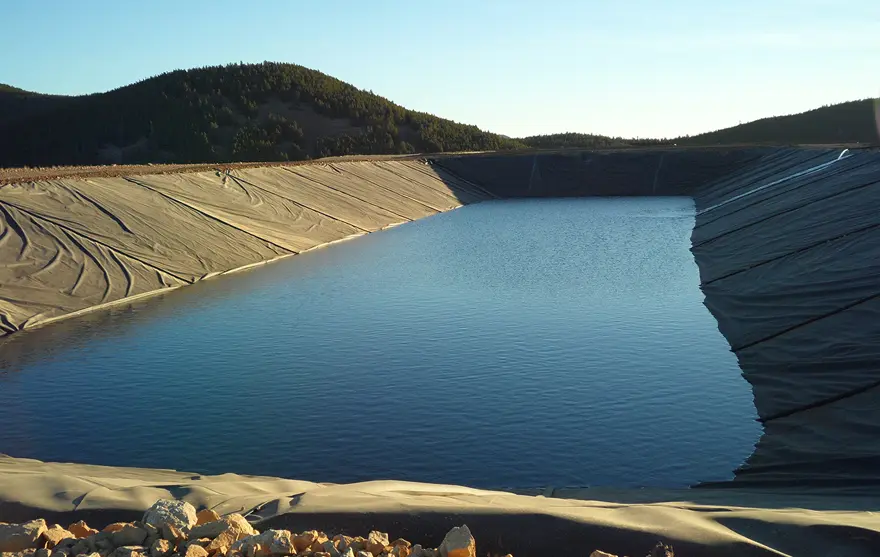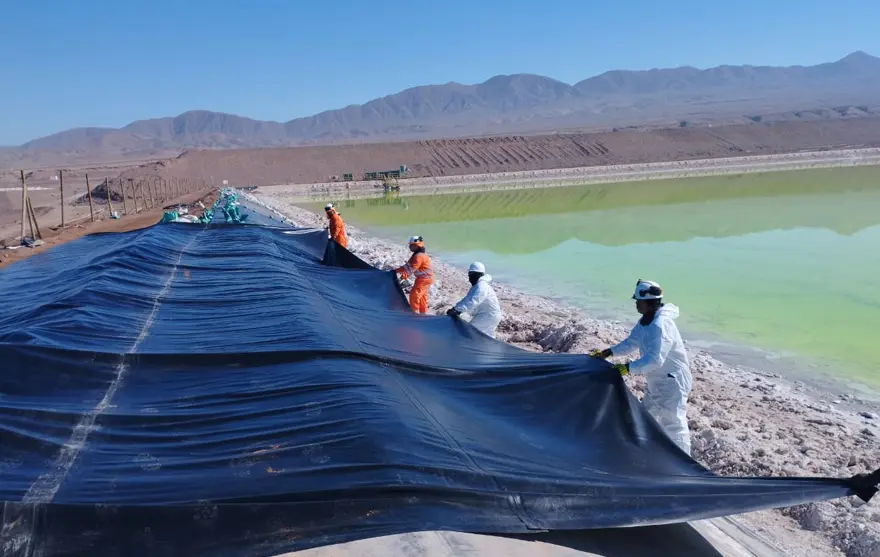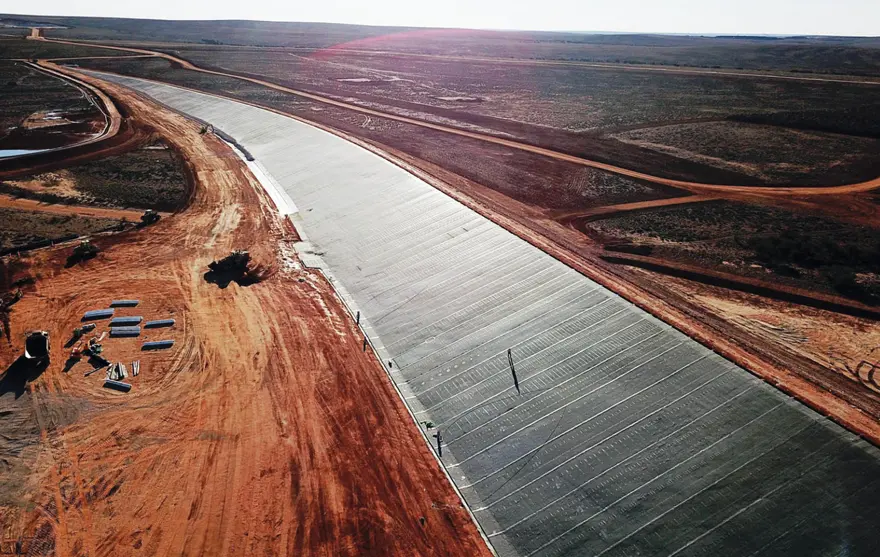
Geotextile, or geotextile fabric, represents a permeable geosynthetic material crafted from synthetic fibers through needle punching or weaving techniques. This innovative material, among the newer geosynthetic solutions, typically presents a cloth-like finish, with a standard width ranging from 4 to 6 meters and lengths of 50 to 100 meters. Geotextiles boast exceptional filtration, drainage, isolation, reinforcement, and protective capabilities. They are characterized by their lightweight nature, high tensile strength, excellent permeability, resistance to high temperatures, freezing, aging, and corrosion. Among the various types of geotextiles, short-filament and filament geotextiles stand out prominently.
Appearance Distinctions
Short-filament and filament geotextiles are distinguishable at a glance. Filament geotextiles exhibit longer surface fibers, often appearing whiter compared to the darker hues of short-filament geotextiles.
Material Composition and Strength Characteristics
Filament geotextiles typically employ filament spunbond needle-punched nonwovens composed of polyester fibers, offering superior strength, elongation, and bursting parameters compared to short-filament geotextiles. Conversely, short-filament geotextiles, typically made from polyester or polypropylene staple fibers, exhibit different strength and elongation characteristics compared to filament geotextiles of equivalent specifications.
Hydraulic and Mechanical Properties
Filament geotextiles tend to be thicker, allowing for the formation of three-dimensional voids, which can enhance hydraulic functions. They also demonstrate better puncture resistance compared to short-filament geotextiles. Additionally, filament geotextiles exhibit superior creep resistance when compared to their short-filament counterparts with the same mass per unit area.
Short-Filament Geotextile Applications:
1. Reinforcement and Stabilization: Primarily utilized for macro-reinforcement in various projects.
2. Filtration and Drainage: Replaces traditional materials for infiltration and drainage layers.
3. Barrier Functions: Helps in separating materials of different particle sizes, ensuring structural stability.
4. Protective Applications: Used in slope protection, urban greening, and crack prevention in roads.
Filament Geotextile Applications:
1. Water Conservancy Projects: Employed for reverse filtration, slope protection, and channel isolation.
2. Infrastructure Construction: Utilized for foundation isolation, reinforcement of soil slopes, and drainage in various transportation projects.
3. Port Engineering: Applied in soft foundation treatment, reinforcement, and drainage of port structures.
4. General Construction: Employed in diverse construction projects owing to its versatility.
Performance Indicators and Cost Comparison
Filament geotextiles typically exhibit higher breaking strength and other performance indicators compared to short-filament geotextiles. Consequently, filament geotextiles often command a higher price compared to their short-filament counterparts of equivalent specifications.
In conclusion, both filament and short-filament geotextiles serve crucial roles in reinforcing and protecting engineering projects. The choice between the two depends on specific project requirements and conditions. For detailed application guidance and tailored solutions, reach out to us for expert advice or request free geotextile samples!



